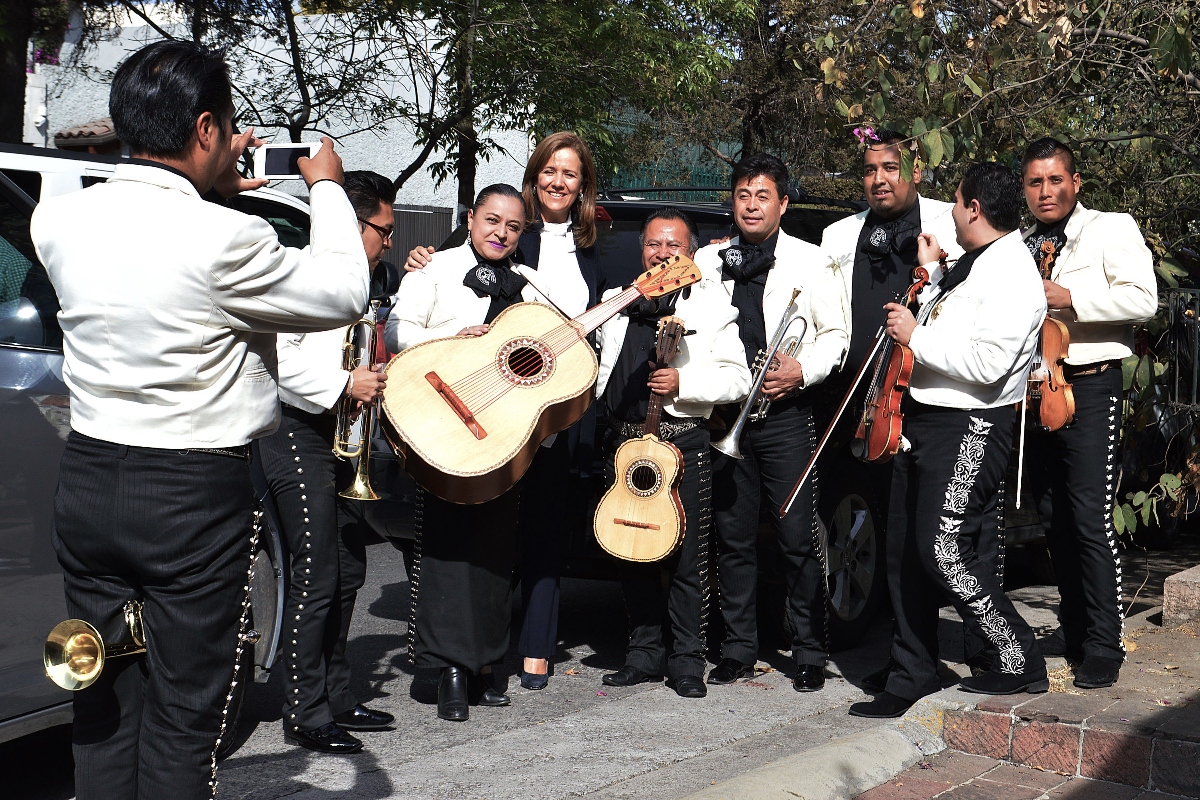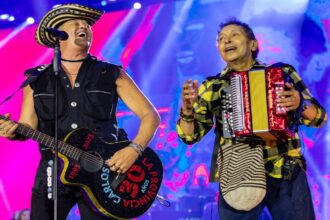Regional Mexican music is a vibrant expression of Mexico’s cultural identity, which has evolved from its indigenous roots to become a global phenomenon.
For the Hispanic community in the United States, this musical genre not only represents a link to their heritage, but also a constant presence in everyday life.
Origins

The beginnings of Mexican regional music date back to pre-Hispanic indigenous cultures, where music played a fundamental role in rituals and ceremonies.
With the arrival of the Spaniards, a fusion of European and indigenous sounds took place, giving rise to new musical styles.
This cultural amalgam laid the foundation for genres such as mariachi, ranchera and son.
Diversity of genres

Regional Mexican music encompasses a wide variety of styles, each with distinctive characteristics:
Mariachi: Originally from Jalisco, this genre is known for its ensembles of violins, trumpets and guitars, and is a symbol of Mexican music at an international level.
Norteño: From the north of Mexico, it is characterized by the use of the accordion and the bajo sexto, with polka and corrido influences.
The beginnings of Mexican regional music date back to pre-Hispanic indigenous cultures
QueOnnda.com
Banda: Born in Sinaloa, it uses wind and percussion instruments and is known for its energy and contagious rhythm.
Ranchera: With lyrics that address themes of love and patriotism, this style is performed by soloists accompanied by mariachi or band.
Evolution and modernization
Over the decades, regional Mexican music has undergone significant transformations.
In the 80’s and 90’s, new styles such as norteño and banda emerged, with influential artists such as Los Tigres del Norte and Banda El Recodo.
More recently, there has been a fusion with genres such as pop and reggaeton, attracting younger audiences and diversifying its reach.
Presence in the USA

Mexican migration has brought regional music to the United States, where it has found a wide and diverse audience.
Cities such as Los Angeles, Chicago and Houston are epicenters of concerts and festivals that celebrate this genre.
In addition, digital platforms and social networks have facilitated its dissemination, allowing new generations to connect with their cultural roots.
For more information, visit QuéOnnda.com.























